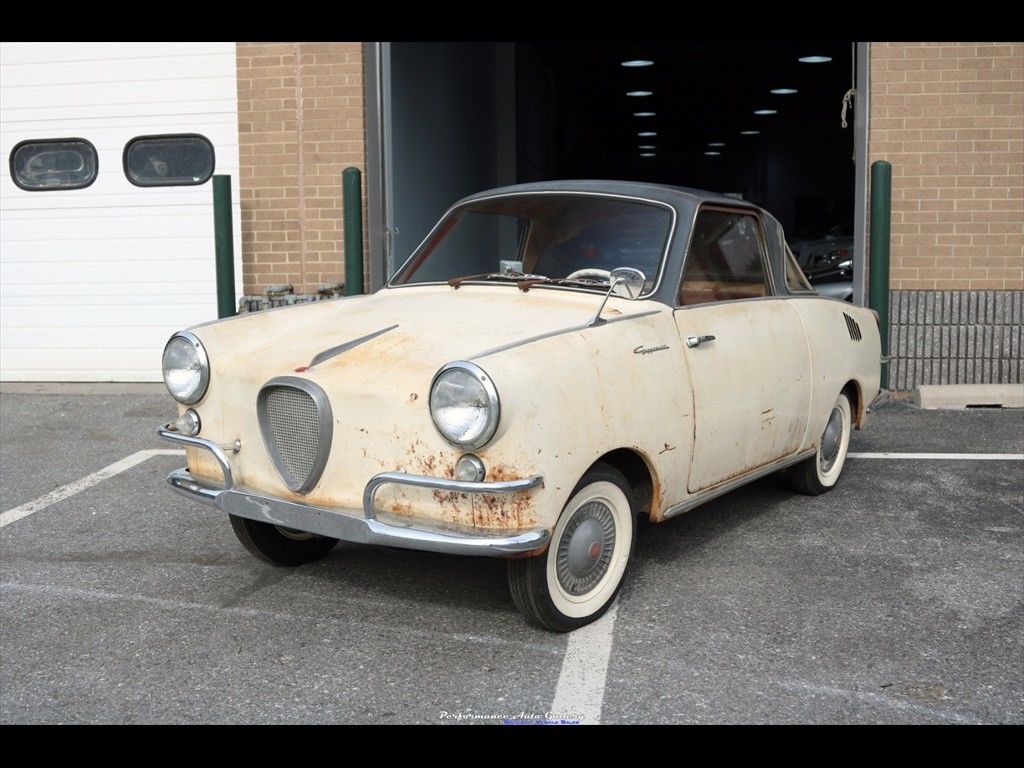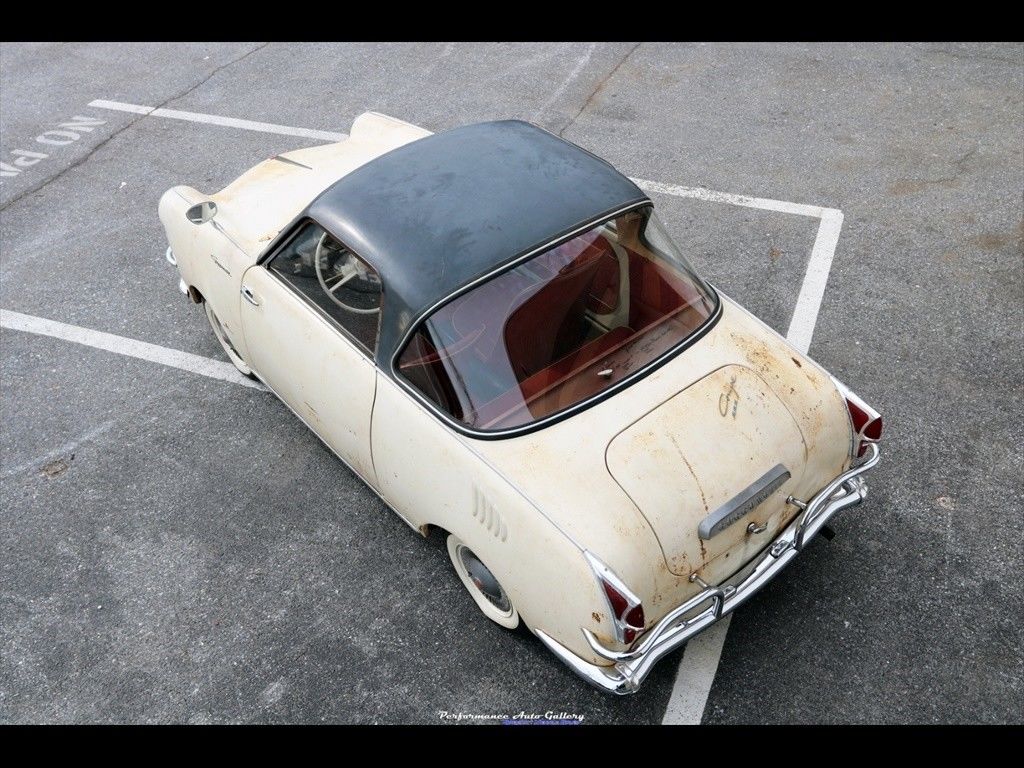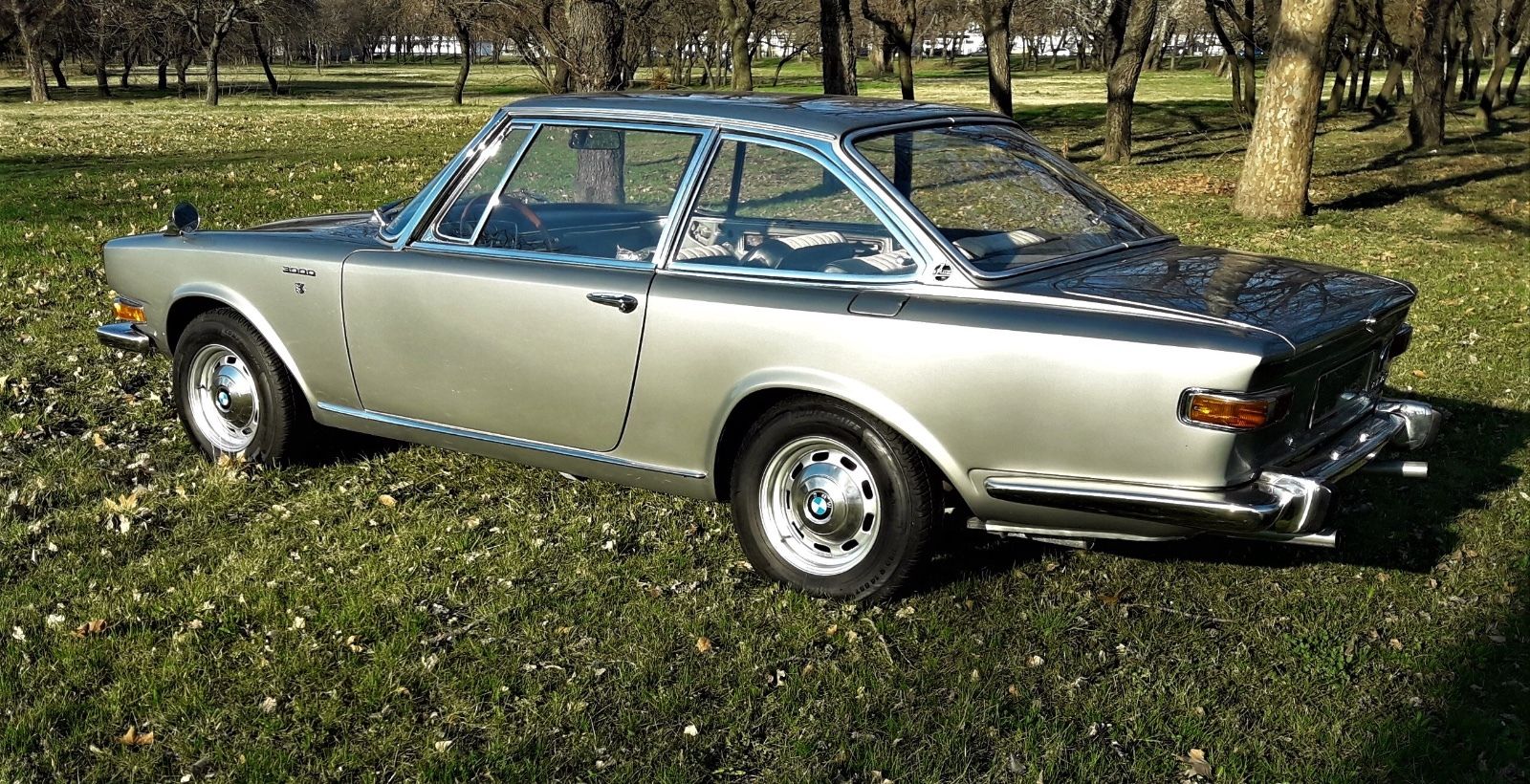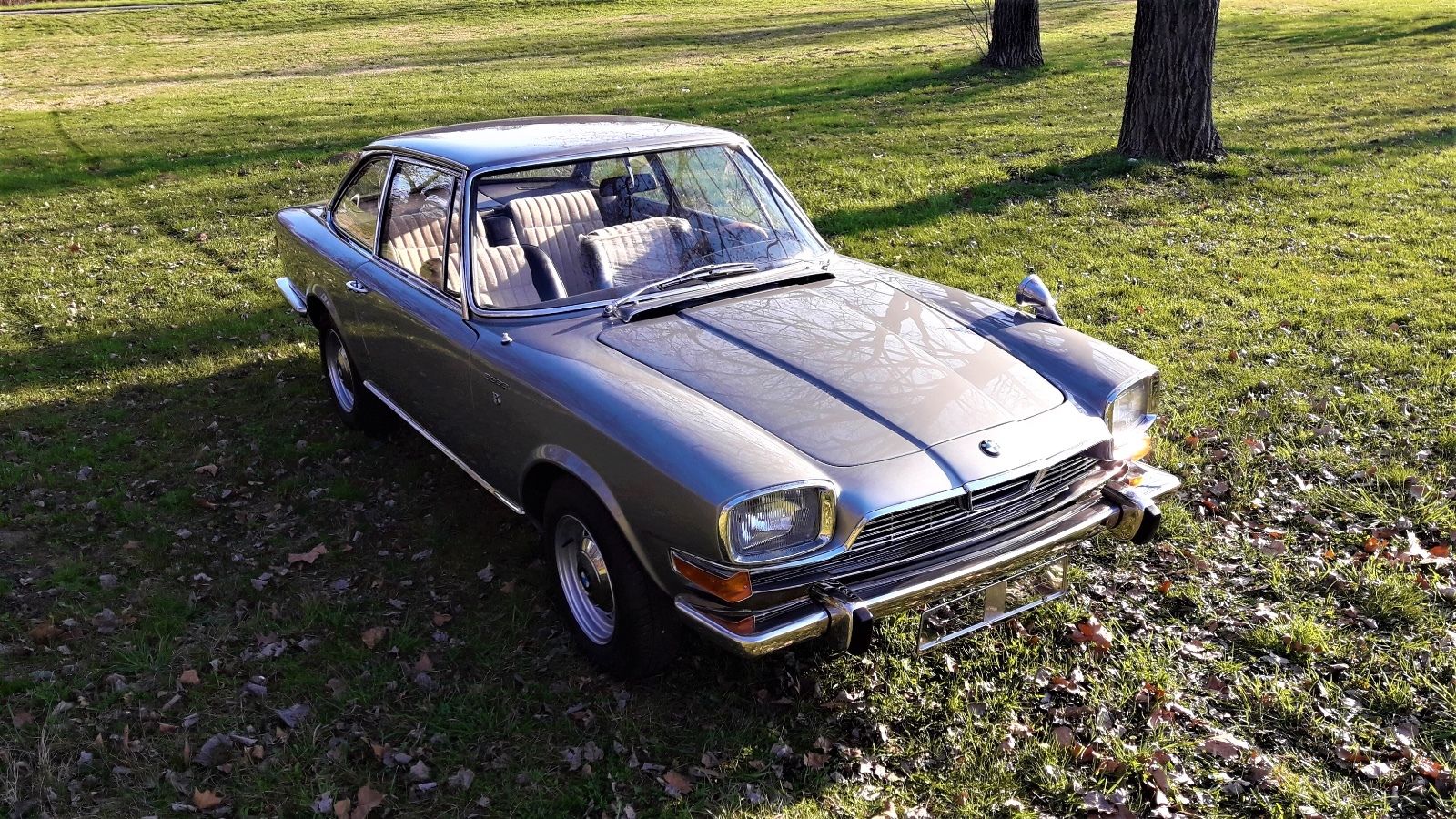After spending a bit of time on BMW’s move to front-engine, rear-drive platforms recently, I’d be remiss to not cover one of the more important steps in that development. That was, of course, Hans Glas GmbH, which introduced the world to the belt-driven overhead camshaft engine, which would go on to be the standard…well, pretty much everywhere. But most importantly for BMW, the links – and eventual takeover – of Glas gave them the technology to move from their air-cooled, rear-engine 700 into the Neue Klasse.
So here we have one of the first cars to emerge with that new engine design, and I wouldn’t be surprised if you hadn’t previously heard of it. The S 1004 developed out of the 994cc overhead cam engine being mated with a prototype fiberglass body in 1961, and production started in 1962. You didn’t get much; it was slightly odd in proportion, especially compared to the very pretty 1300 GT that emerged the next year. But here was the blueprint for the small BMW – an overhead camshaft engine up front with a fully-sychromesh four-speed manual driving the rear wheels. Sounds trite, but this was unheard of in a small car before the S 1004. Of course, since this all became standard on other cars nearly immediately, the S 1004 is relegated to the history books, having sold only around 40,000 examples in all configurations before it was discontinued. Today, there’s one of these rare bits of German motoring history for sale in Uruguay:






